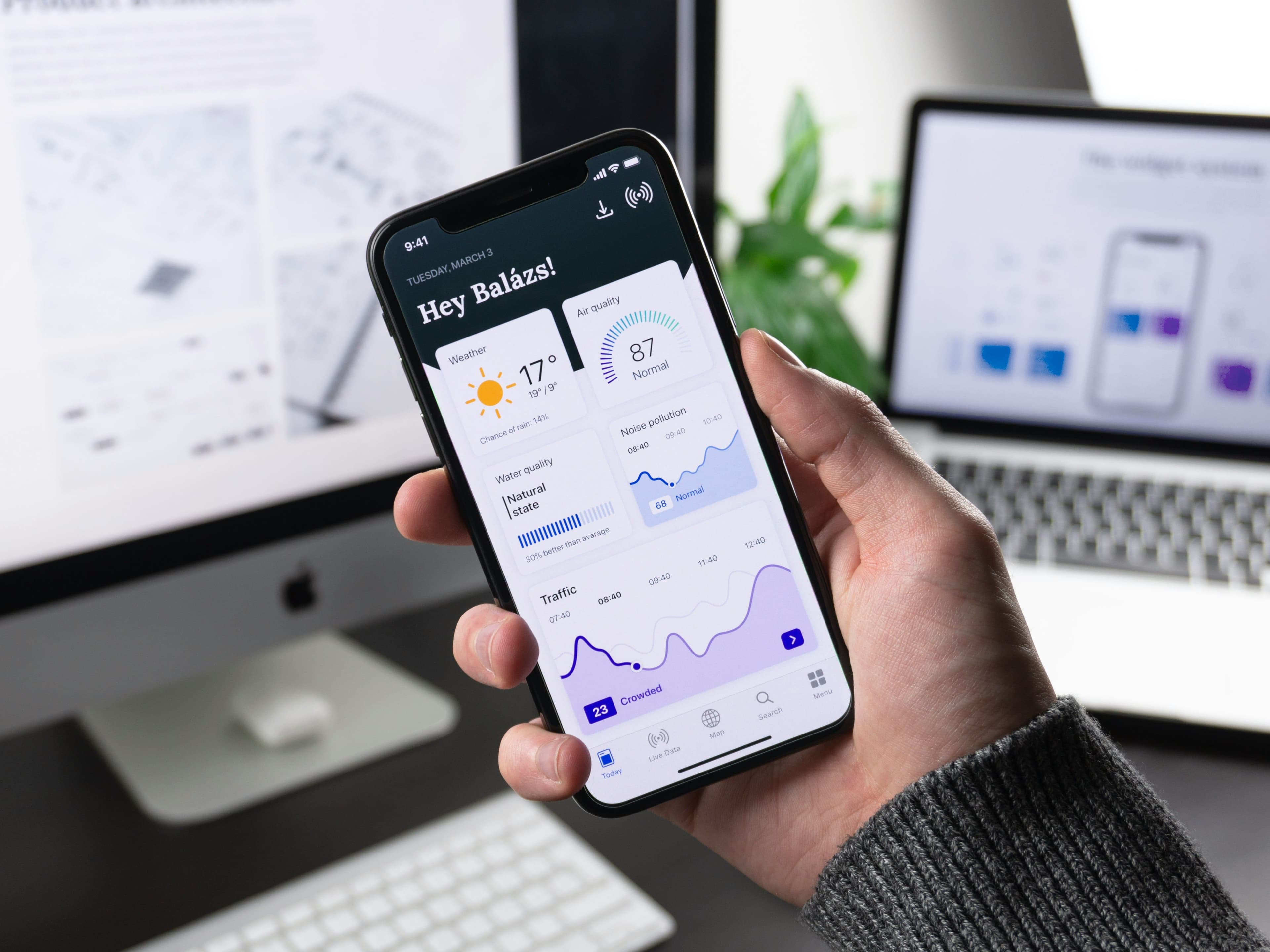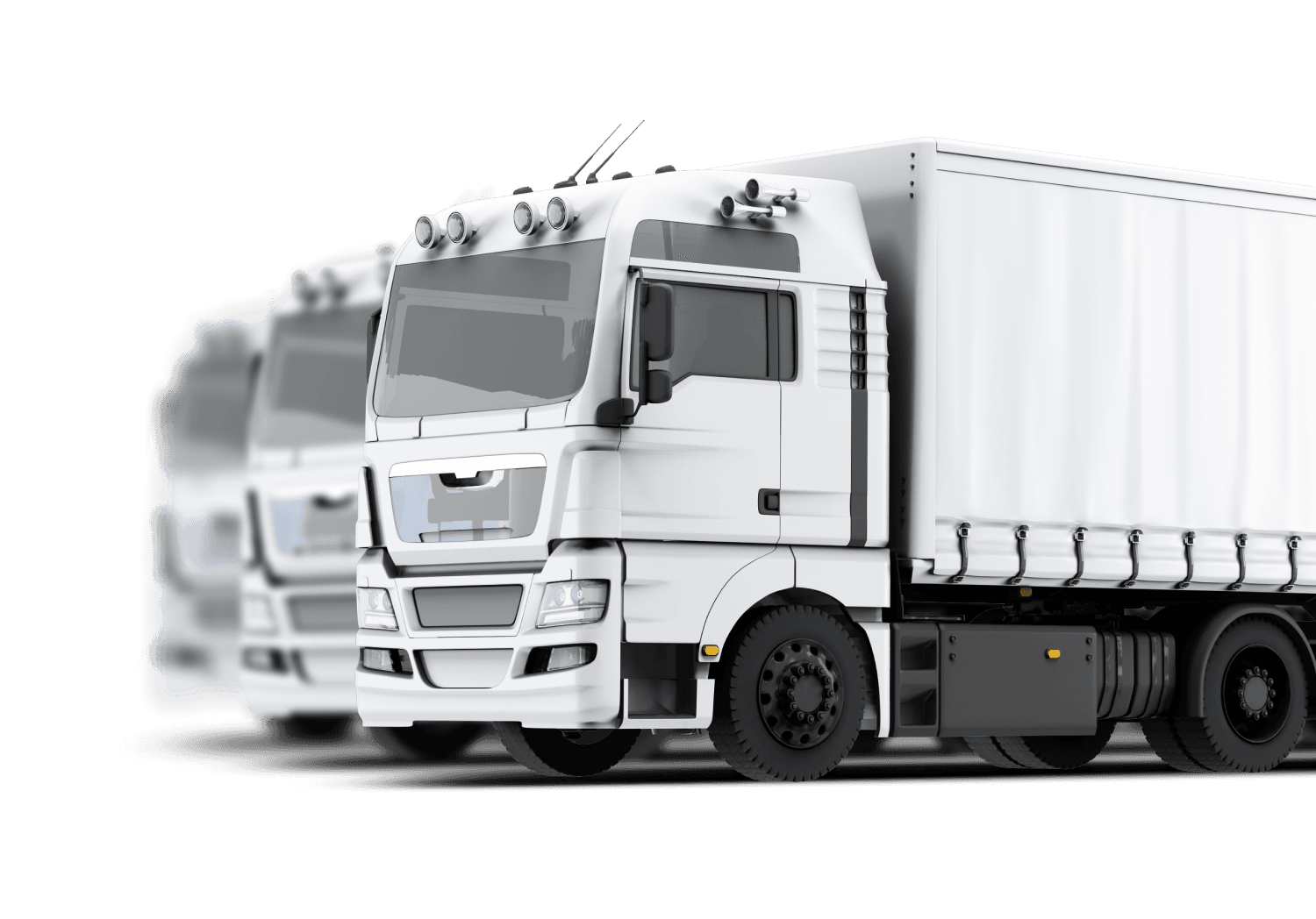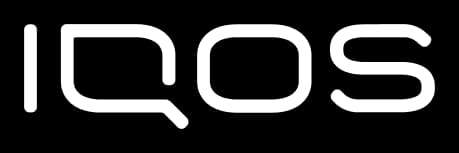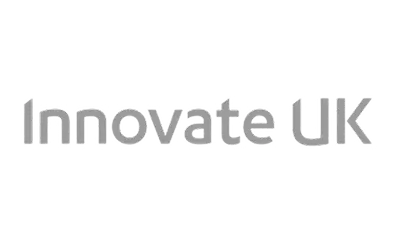Dashboard Design
100+ AI Projects
95% Efficiency Gain
24/7 Automation
50+ Clients
100+ AI Projects
95% Efficiency Gain
24/7 Automation
50+ Clients

Dashboards are business tools that visualise important data, optimise processes and help in decision making. The goal of dashboard design is not just to make data "pretty" but to make it accessible, understandable, and actionable.
This involves a deep understanding of UI/UX principles as applied to data visualisation and requires skills in graphic design, data analysis, and possibly software development, depending on the complexity of the data integration involved.

The design of a dashboard should be tailored to its user's needs, providing them with relevant information formatted logically, prioritised according to importance, and easy to scan. This might mean customising views for different user roles or departments within a business. Modern dashboards are often interactive, allowing users to drill down into specific metrics or time frames or manipulate data variables to see different scenarios.
Consistency in design elements such as colours, layout, and typography helps make the dashboard intuitively easy to use. A practical design should adhere to established visual hierarchies that guide the viewer's eye through the data in a logical flow.

Dashboard design plays a crucial role in the strategic management and operational workflows within organisations by providing a visual representation of performance metrics and actionable data.
Effective dashboard design not only simplifies data presentation but also transforms data into actionable insights that can lead to more informed decision-making and ultimately drive improved business outcomes. The strategic use of dashboards is critical in today's data-intensive business environments.


Building a platform to manage a nationwide fleet of tyre repairs


Building and integrating a digital platform system to accommodate a global marketplace


AI-powered system that automates crime story discovery


Educate smarter. Sell faster. Support globally


Boosting digital presence through illustration


Transforming rehabilitation through secure digital innovation


Turn passive shoppers into active learners and buyers through immersive digital retail
Get a free £350 consultation with our team and discover how we can save you time and money through tailored software and strategy.
&Element created us an immersive brand and brand strategy for Entrepreneurs Forge. The team worked with us through many research rounds to delivery exactly what we wanted.
Ruth Patron
Centre Manager, University of Suffolk





